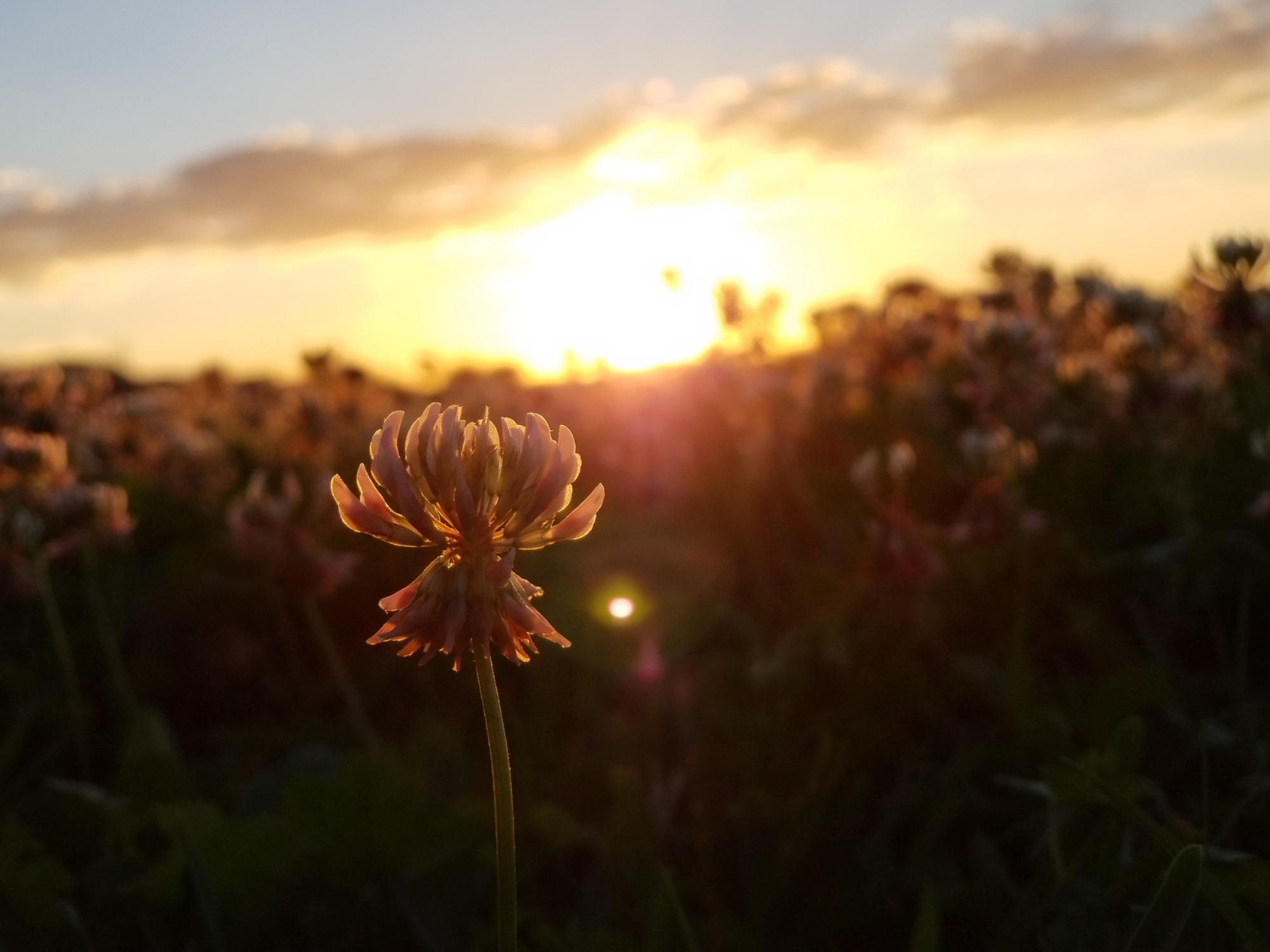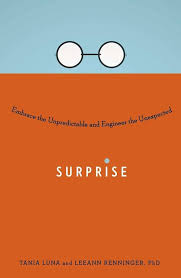LEARN A LITTLE:

Some Thoughts About Hope
It’s interesting to note how our minds can do amazing things without our intending them to do so. Let me give you an example.
Recently I was talking with a friend, who is a psychologist, and he was commenting on the proximal and distal impact of social relationships. He focused mainly on how we are much more influenced by our immediate family and friends than we are by an acquaintance or a person who attended a seminar with us. The thought registered with me, but I didn’t do anything with it.
Later that day, I was talking with another person, who was commenting on the hopeless nature of the polarization of our society. Once again, the thought registered with me, but I didn’t do anything with it.
Early the next morning, I was sitting in my favorite chair when the following notion occurred to me: Hope is a proximal and distal construct. That thought led to the development of this month’s blog regarding hope, something we shouldn’t live without. So here goes.
All of us have made statements, such as:
- “I sure hope it doesn’t rain tomorrow.”
- “I hope nobody notices the stain on my tie.”
- “I hope I can get away this weekend.”
These statements or expressions of proximal hope—that is to say, near to our present circumstance—are often made casually, without deep thought, although they may actually reflect a positive outlook on life. Typically, we know that the impact or ramifications of such statements are usually easy to live with, and the stakes are not generally high.
Hope as a distal concept, is something different, however. It is a bit more complicated. What does it mean to be a hopeful person, who has expectations that give promise to the future, expectations of fulfillment?
No one likes to be around persons who continually express a lack of hope. They say things like:
- “We’ll never have enough staff.”
- “We’ll never have enough (of something).”
- “We’ll never get out of debt.”
The “never” list is endless for hopeless people.
It’s certainly not enjoyable to work for a leader who isn’t hopeful just as it isn’t pleasant to work with hopeless colleagues. However, to work with people who operate from a sense of hope can be fun and exciting. I have worked with both groups, so I do know the difference.
In addition, there is much research demonstrating that hope leads to a remarkable number of positive outcomes. They include optimism, positive thoughts, positive emotions, greater ability to cope, higher grades in college, increased recovery from illness, and yes, even less depression.
In my mind, to hope is a decision we can make; it is a mindset we can hang on to. It clearly plays a role in what we can accomplish and how we relate to others. It’s having a “can do” attitude rather than a “can’t do” attitude.
Hope pulls us into the future; it causes us to move forward. It’s not a push from behind that we want to avoid. Hope includes the recognition that we don’t live in a wholly predictable world.
Perhaps the opposite of hopefulness is despair, to be without hope, have no confidence in the future and be constantly discouraged and forlorn. Not surprisingly despair is often accompanied by cynicism, a very destructive emotion and perspective that lends itself to resentment, pessimism and disdain. Cynics, as you know, focus on what’s wrong, shortcomings, the past and the impossible.
However, hopeful people focus on the “light,” the bright spots, and the thought that today they can make a difference in someone’s life. This is not to deny the reality of hard times. Hope acknowledges pain and suffering. While it can’t stop a storm, it can help us get through it.
I believe that a hopeful mindset is a realistic mindset. Hope is available up close as an operating perspective but also as a source of strength when we don’t know what’s going to happen next. To paraphrase C.S. Lewis, to me it’s knowing, “That there are far better things ahead than anything we leave behind.”
LAUGH A LITTLE:

REFLECT A LITTLE:

Proverbs 4:7
Wisdom is supreme—so get wisdom.
And whatever else you get, get understanding
READ A LITTLE:

Surprise: Embrace the Unpredictable
and Engineer the Unexpected
Tania Luna and Leeann Renninger, PhD
(TarcherPerigee, 2015)
Surprise: Embrace the Unpredictable and Engineer the Unexpected is enjoyable, entertaining and easy to read. While I wouldn’t characterize it as a “must read” book, it will invigorate your thinking, and even if you only follow some of the recommendations, you likely have more positive emotions in your work and professional life.
The authors Tania Luna and Leeann Renninger are the only psychologists I know of who are researching surprise, which they call “surprisology: the science of surprise.” Both individuals are well known conference and corporate speakers, and are employed at LifeLabs in New York.
What follows are some insights, observations, and applications of surprise that will help you decide whether or not you want to know more.
Part One: Understand Surprise
This division describes the surprise sequence: Freeze, Find, Shift, Share
“Surprise can make a big difference in the way we experience the world. We feel most comfortable when things are certain, but we feel most alive when they’re not.”
“Surprise is an event or observation that is either unexpected (I didn’t see that coming!) or misexpected (That’s not what I thought was going to happen.)”
The surprise seesaw is an interesting concept: “Too much predictability leads to boredom, whereas too much surprise leads to anxiety.”
“The more control we have, the more we expect.”
Part Two: Embrace the Unpredictable
Readers will enjoy the story of the Saw Lady as it pertains to a bad surprise having a happy ending.
“When we find the value in bad surprises, they lose much of their badness.” Here are four questions to ask yourself when facing a bad surprise:
- What are the bright side effects?
- What have I learned?
- What do I want?
- What’s the solution?
“So often the path we’re on is simply the one we ended up on. We are too busy walking to wonder if we’re walking in the right direction.”
The authors equate vulnerability with openness, “When we are open, we earn trust.” Three ways of practicing openness are offered, “Own your mistakes, next notch (revealing ourselves), and ask for help.”
An interesting quote from Paul Saffo (Discern Analytics): “In times of ambiguity, it is best to have strong opinions, weakly held.”
Part Three: Engineer the Unexpected
Four tools are discussed in this section of the book, that will help you generate new ideas.
- Get to curious
- Live in the fog
- Practice idea mixology
- Iterate
“Give yourself time to ponder.”
“Mixing routine with surprise creates an unbeatable creativity concoction.”
Note the information shared regarding what economists are identifying today as the driving force in our society—it isn’t money. Attention is our most precious commodity.
“Today we’re all competing for one another’s attention second after scarce second.”
“The difference between a commodity, service, and experience is in the amount of surprise you feel when interacting with it. More surprise makes things more experiential. Experiences are immersive, memorable, and transformative.”
“The more experiences we have with others, the closer our relationships become.”
Part Four: Everyday Surprise
“The quality of our relationships impacts the quality of our lives.”
“Relationships thrive from a balance of predictability and surprise.”
Once again, the authors share practical ideas, and in this instance it’s six surprise-based tools for cultivating relationships.
- Maintain complexity.
- Balance oneness with otherness.
- Balance novelty and routine.
- Practice the magic ratio – positive to negative experiences.
- Speak the right surprise language.
- Track patterns.
“Wondering makes life more enjoyable.”
“When we are surprised, we feel deeply connected and thoroughly alive. Surprising ourselves every day is a vital part of living a happy life.”
Until next time,
Art Dykstra
Purchase this and other recommended books at your local bookstore or through the HighTidePress.org bookstore.
All High Tide Press sales benefit persons with disabilities.
Cherry Hill Consulting Group and High Tide Press
are Visions of Trinity Foundation - 101 Hempstead Place, Joliet, IL 60433


